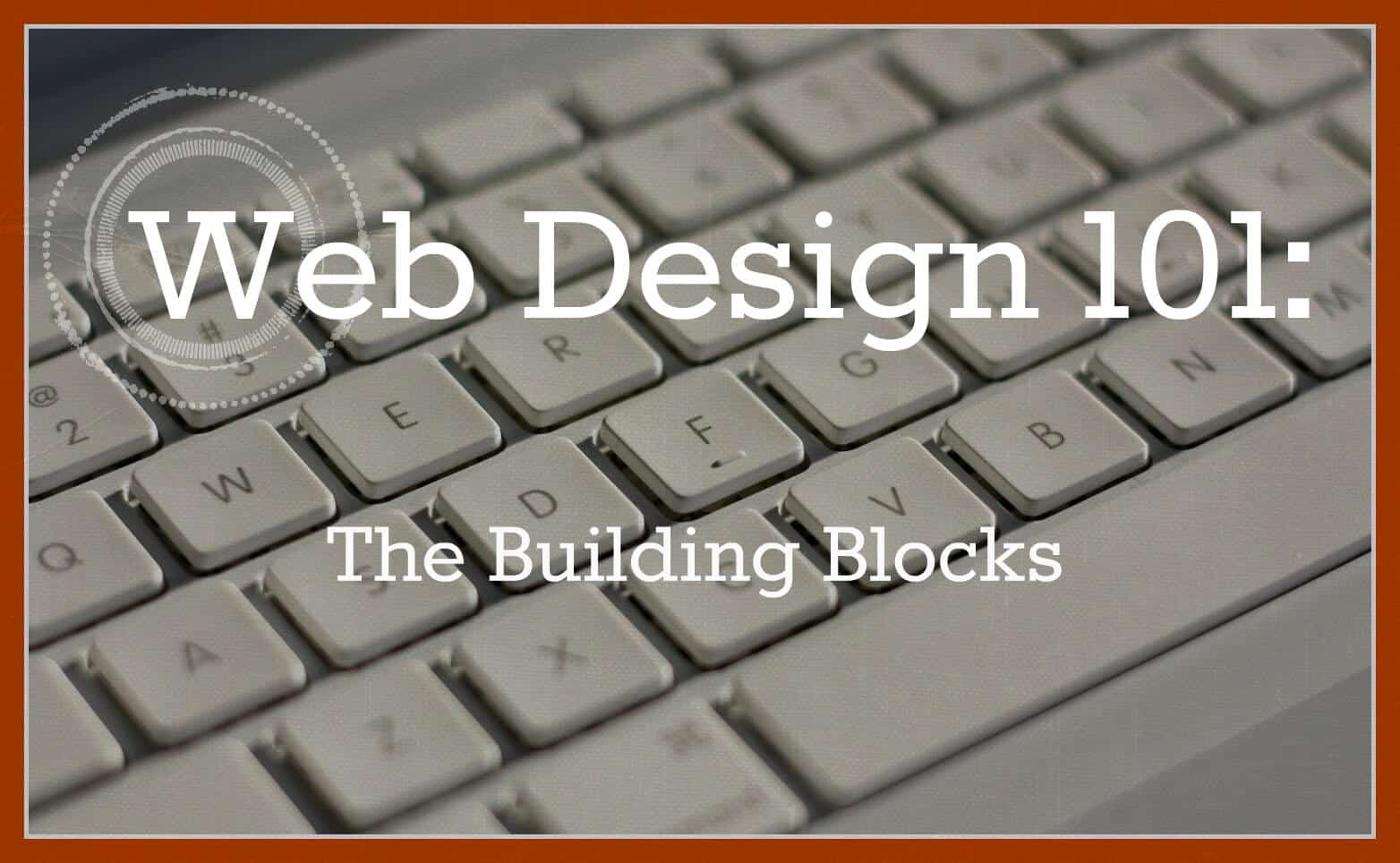We all know what an ugly website looks like. Outdated font, Flash intros, unorganized text, even (shudder) site counters. Put it all together and you have the perfect storm of hideous web design and a bad user experience.
If I just described your site, it’s time for a website redesign!
Poor web design is one of the first things that can turn away potential customers. A redesign also allows you to address any pain points you have with your existing website so you can curate an experience that isn’t just better for your visitors, but better for you.
So if you’re taking the time to do the job, you want to make sure it’s done right. In this article, we’ll walk you through the 10 things that every website redesign needs in order to get the biggest return on your investment.
1. Research Your Competition
Every website redesign project should start with a competitor analysis—a concentrated examination of the key players in your industry. We’re not saying you should copy them, but knowing what everyone else is doing saves you from reinventing the wheel.
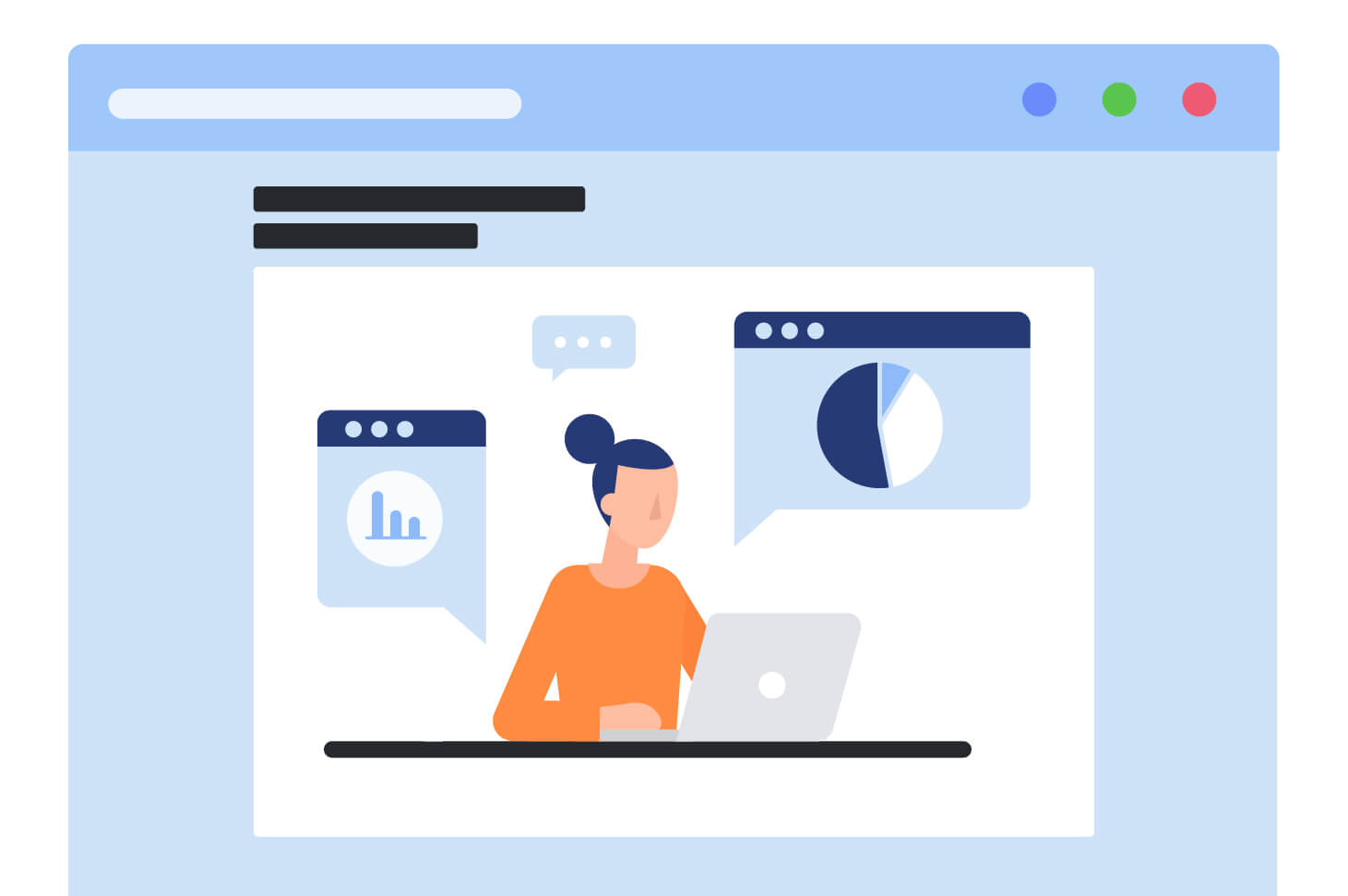
For instance, if all of your competitors’ sites are mobile-friendly or include pricing, you should take note of that and include those features for potential customers. On the other hand, if they’re all using a similar template, this might be your opportunity to stand out.
2. Redesign Your Content
By now, we all know that content is king. After all, why do you even have a website if you don’t have anything to say?
That’s right! Orlando SEO is important for the words on your site, too!
A good content management system (such as WordPress) makes it super easy to update blog posts, landing pages, and more without a lot of technical coding know-how. But it’s not enough just to have content, that content has to be search engine optimized.
Optimizing your existing content means double checking all those keywords, meta descriptions, title tags, and other doodads that make the search engines sit up and take notice. Broken links? Fixed. Images without alt tags? Not anymore!

Just like fashion, technology trends change frequently, so your target keywords might be different when doing a site redesign than when you first started.
Luckily, Google’s algorithms have evolved to focus more on the quality of your content than on how many times you use your focus keyword.
Google also shows greater preference toward content that is:
- Shared – If more people share (or link to) it, the better it must be.
- Trustworthy – If it comes from a source with a high domain authority, it’s seen as more reliable.
- Thorough – If it covers the entirety of your topic (“The Complete Guide to _____”) rather than 300 words on a more specific subtopic.

3. Create a Sitemap
Clarity Creative is located in Orlando, so we’re no stranger to theme parks. In fact, once you go enough times, you don’t even need a map to get to Space Mountain or that place that sells Dole Whips. But Google is not an annual passholder to your particular theme park (i.e. your website). They don’t even know it exists.
Unless you give them a map.
A sitemap is exactly what it sounds like: a map for your site. But instead of telling humans where to find delicious ice cream treats, it gives search engines step-by-step instructions on how to navigate each of your website pages and what topics you’ll find on it.
Without a sitemap, you’ll have to wait for those Google bots to randomly stumble upon your page and blindly feel their way through each of the rooms.
Ain’t nobody got time for that.

4. Create a Mobile-Friendly Design
Roughly half of all internet use occurs on mobile devices. That’s why it’s so surprising that some businesses still haven’t made the switch to a responsive, mobile-friendly website.
Responsive websites automatically resize your site to fit screens of any size, no matter what device it’s being viewed on: laptop, desktop monitor, smart phone, or tablet.
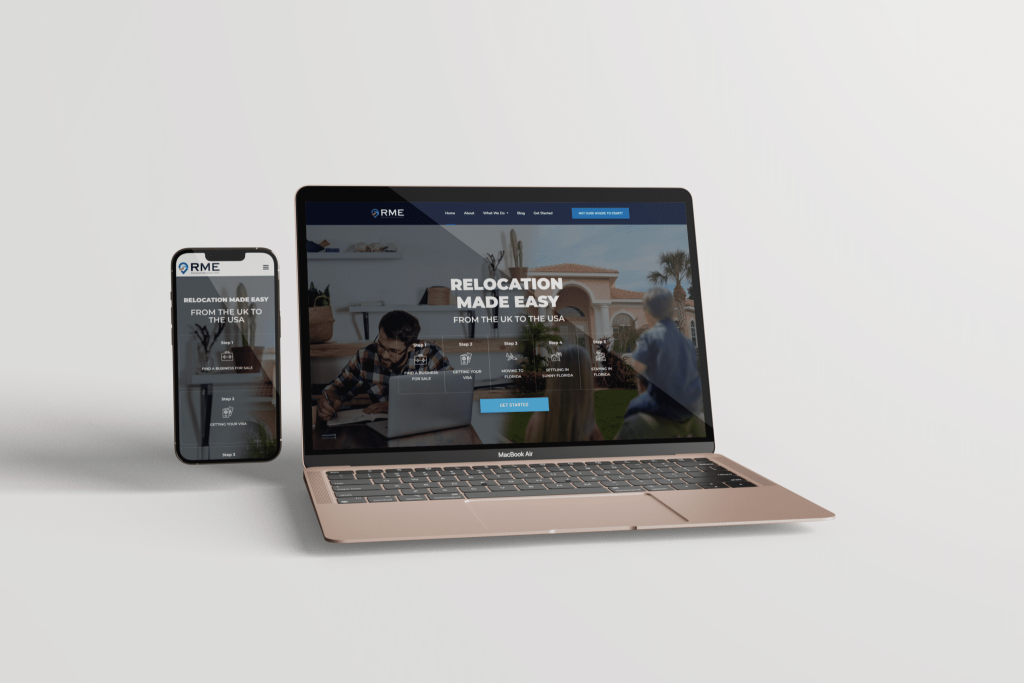
It sounds small, but this is a hugely important part of your website redesign plan. A great user experience is crucial in turning first-time visitors into return visitors and then into customers. By making it easy and convenient to browse your site, you’ll be sure to hook customers as soon as you’ve got them.
The last thing you want is them clicking away because your site doesn’t work on their iPhone screen.
5. Update Your Server
If you were restoring an old house, you’d never pick out lighting and paint colors without working on the frame first. You’d start by shoring up the foundation, strengthening the walls, and adding any rooms you’d need. Then you move on to decorating.
The website redesign process is no different.
In this analogy, your server is the building that houses your website. In fact, you quite literally rent server space so your website has a place to live (there’s a reason your URL is called your “address”).
But what happens when your marketing campaign does really well and you’re flooded with customers overnight?
Sounds great, but an outdated server can’t handle all of that traffic, and the key push behind your site redesign is…more traffic! Without an updated server, you can’t go viral without your website crashing.
Your server should also be fast enough to keep your website visitors happy. When it comes to the internet, it’s all about instant gratification. When your customers don’t have to wait for your site to load, they’re happy. Google’s happy. Everyone’s happy.

6. Improve Website Security
Have you ever visited a website that began with “https” rather than “http”? That “S” stands for “secure.”
Without getting too technical, an SSL certificate is like a heavy-duty deadbolt lock installed on your website, and users are more likely to trust your site and its content (not to mention enter any payment info) if they feel it’s secure.
SSL certificates encrypt the data sent from your domain to the users’ screens, making it less likely to be hacked and providing peace of mind for your customers.
Another important factor to keeping your site secure, Google gives a higher preference to secure sites.
7. Google Analytics
A website redesign can be an excellent return on your investment. But how do you know whether you’ve gotten any returns? One word: analytics.

Google Analytics shows you who came to your site, where they live, what device they’re using to access it (even the operating system!), which sites they’re visiting, how fast they’re leaving (also known as the bounce rate), how many of them have never visited your site before, the conversion rates…the list goes on and on.
Google does a lot of things well, and their Analytics is no exception.
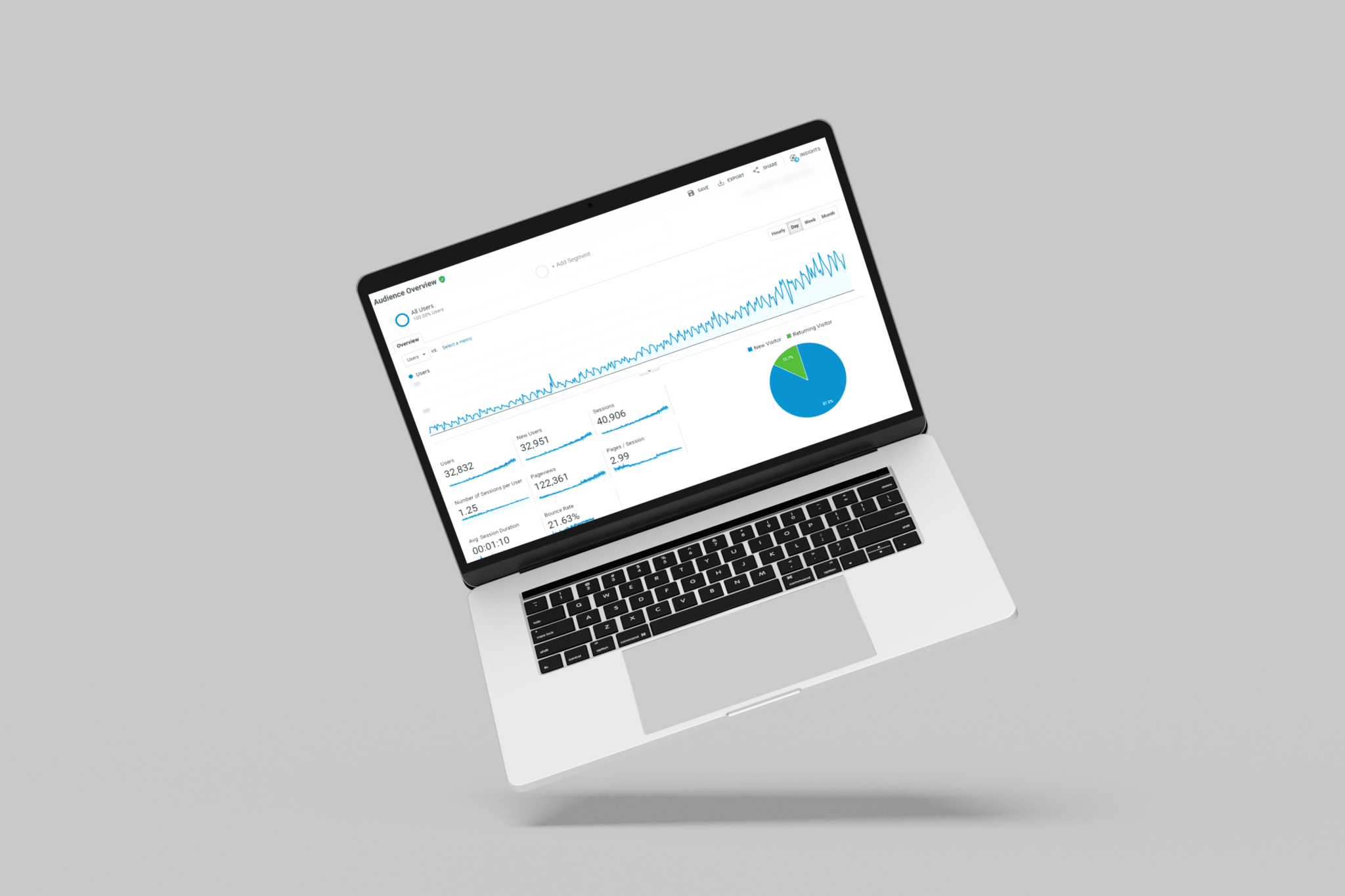
At Clarity Creative, we run a Google Analytics report for every single website we create and provide that information to our clients on a monthly basis.
Having the data in black and white helps our clients see what’s working and what isn’t, so they know where to take their web presence in the future.
Say Hello, and Let's Get To Work Together
8. Design With User Experience In Mind
Only now can we begin talking about the aesthetics of your website redesign. Improving your website’s artistic quality is one thing, but all that design is worthless if your website isn’t easy to use.
That’s where User Experience (UX) comes in.
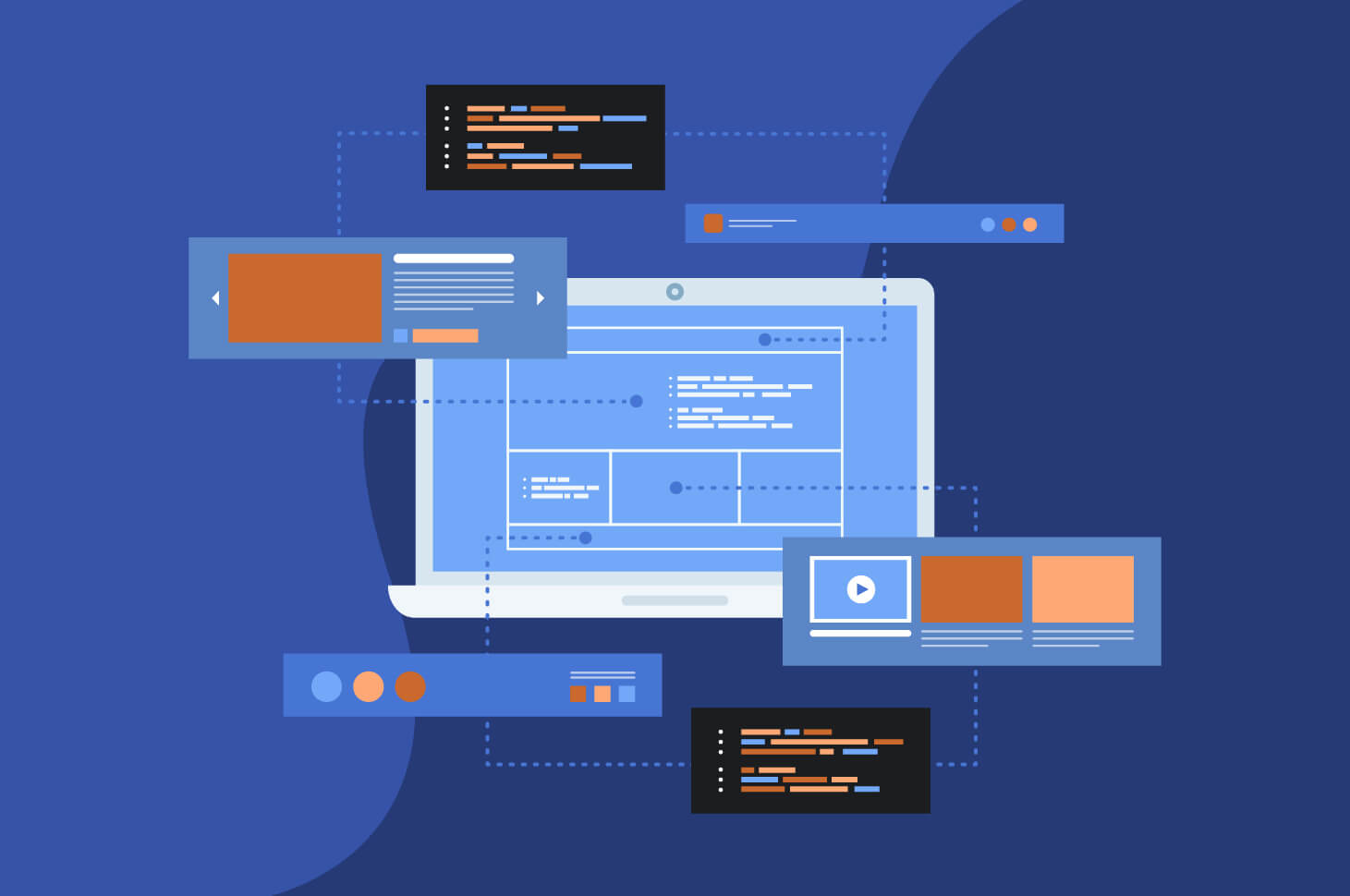
As much as you want search engines to be impressed by your page, your customers are human, and humans get frustrated when things are difficult.
Think about Craigslist. It’s a hideous site, but it’s organized. Visitors can intuitively find what they need and get on with their lives. That’s what’s kept it in business for so long.
A redesigned website can improve your UX by removing all the confusing visual clutter. Show people exactly where to click, how to order, and how to contact you, and you remove any obstacles that might drive them to one of your competitors.
9. Get the Word Out With Social Sharing Buttons
Forty-two percent of millennials consider social media the most relevant channel for ads. And for Baby Boomers, it’s the second spot (behind TV).

Providing something worth sharing (awesome content) alongside an easy method for sharing it (social sharing buttons), makes visitors more likely to like, share, and follow your business.
“Number of shares” is one of the things Google looks for when identifying high-quality content, remember? Increase the number of shares and you’ve just boosted your website, baby!
Not to mention, having other people toot your horn for you does wonders for your credibility.
10. Have a Marketing Plan
To paraphrase the poet John Donne, no website is an island.
If you want to meet your goals, increase leads, and make more money, a website redesign is only the start. You need a marketing strategy. (And no, SEO doesn’t count as marketing.)
Pay-per-click campaigns, billboards, radio…all of these methods are lures meant to draw people back to your website. But there’s one advantage that digital marketing has above all others: it can attract a specific target audience.
Pay-per-click (PPC) campaigns are a great example of this.
You create an ad for your business that focuses on a selected keyword. Google will show your ad to people it determines are interested in you based on their search history. You elect to pay a certain amount every time someone clicks on your ad.
Can a billboard do that? Methinks not.
A redesigned website should think about more than just the website. If you consider where your site fits into the internet as a whole, you can maximize your results and your profits.
Ready For Your Website Redesign?
At Clarity Creative, we offer full website redesign services—from the sitemap to the color scheme.
Customized, strategic, targeted website design has the ability to improve your business (and we have the case studies to prove it). When you get down to it, a web redesign is all about:
- Getting in front of the right customers.
- Drawing them in.
- Getting them to stay.
- Turning them into fans who spread the word about you.
Don’t think of your site redesign as simply “making my site look different.” Think of it as a tool to help your business get to where it needs to be. So, you tell us where you want to be and we’ll help you get there.
It’ll be worth the investment. We promise.
Bonus: If you liked this article, make sure you check out How Often Should I Redesign My Website?




